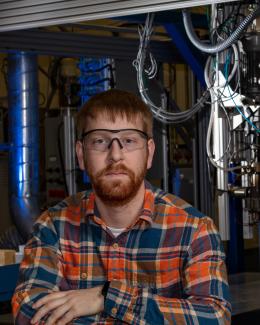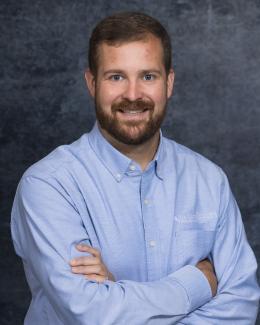Abstract
Space-filling toolpaths are used to fill whatever space remains on a layer after closed-loop contours have been planned. They provide structure to the object, both supporting the geometry and creating solid surfaces. As such, there are two main types of space-filling toolpaths: infill and skin. Infill paths are sparse and meant to cover a large area quickly. Infill is typically not visible once a print is complete, because infill is covered by skins. Skins are the solid space-filling toolpaths meant to solidify the top and bottom of the object, which, unlike the sides of the object, are not completely covered by layering contours. Space-filling paths are typically planned by projecting a pattern over the layer, clipping the pattern at the boundary of the object, and then linking the remaining portions of the pattern. A subcategory of skin paths, called gradual infill, can be employed to densify the infill when approaching a top skin layer so that the print path of the top skin is sufficiently supported. Space-filling paths come in a variety of patterns to optimize how the space is filled. This chapter will discuss space-filling path categories, how to find the space for each path type, and how to apply the path type to generate toolpaths.






